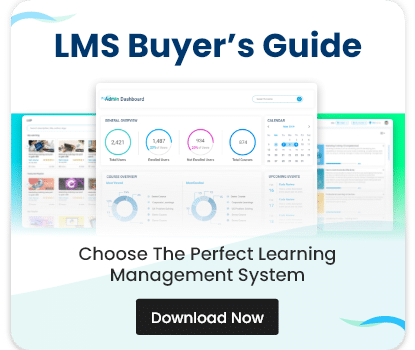The season of lengthy, generic training sessions is over.
By 2025, AI is set to redefine how employees learn, grow, and contribute to business success. Today’s corporate learning is about delivering tailored, impactful experiences that keep people engaged. AI brings in real-time insights, personalization, and smart automation, allowing training to match the pace of the workforce’s changing needs. It’s about meeting employees where they are and giving them what they need to thrive.


















